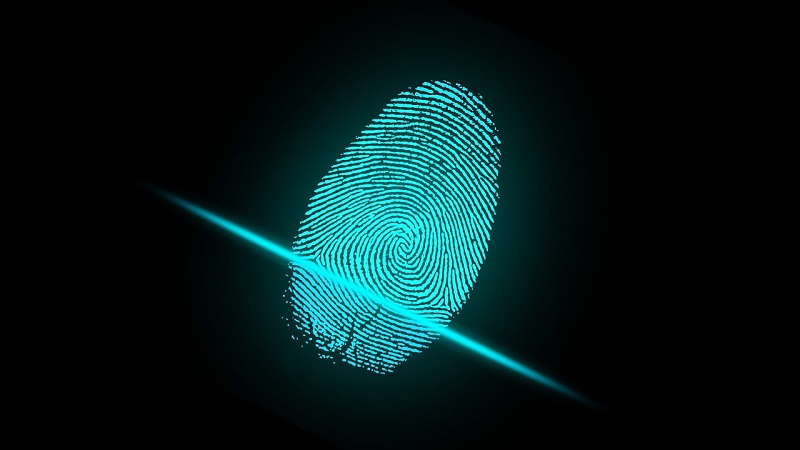On July 31, the Department of Homeland Security (DHS) Science and Technology Directorate (S&T) announced the third phase of the Remote Identity Validation Rally (RIVR), a series of challenges hosted by DHS S&T where the tech industry is invited to test, refine, and improve its identity verification technology. This next phase will focus on detecting fraudsters attempting to impersonate other people using high-resolution photographs, displays, face masks, and other techniques.
This third phase challenges the private sector to deliver secure, accurate, and user-friendly technologies that can combat identity fraud when users apply for government services, open bank accounts, or verify social media accounts.
By challenging industry to improve these technologies, DHS will be better able to crack down on a whole host of crimes that rely on identity fraud: human trafficking, financial fraud, identity theft, evading law enforcement, and others.
DHS S&T completed the Remote Identity Validation Technology Demonstration (RIVTD) in 2024, which helped establish new benchmarks for remote identity verification technology and gave companies clear targets for improvement.
The goal of each RIVR phase is to enable industry to develop more secure, accurate, and easy-to-use technologies; objectively measure performance against realistic and sophisticated attacks; answer questions about the overall performance, risks, and fairness of these technologies for use in commercial or government applications; and inform efforts to standardize and certify technologies that are effective against sophisticated and rapidly evolving attacks.
“The Remote Identity Validation Rally is demonstrating the power of public-private collaboration. DHS S&T and its interagency partners are providing its expertise in developing challenging evaluations and industry is demonstrating its ingenuity to develop technologies that strengthen the security and efficiency of online digital transactions for both government and commercial use cases,” said Arun Vemury, S&T Senior Engineering Advisor for Identity Technologies. “We’re all working towards building a more secure and trusted future for the American people.”
“As we launch this next effort, we invite developers to showcase the capabilities and performance of their technologies to differentiate between legitimate users and sophisticated impersonation attempts.”
The first phase of the RIVR focused on fraud detection, evaluating the ability of software to compare face images on ID documents to selfie photos, while the second phase focused on authenticating identity documents. For this phase, remote identity validation systems will demonstrate their ability to differentiate between legitimate users and attackers attempting to impersonate other users. Both Phases 1 and 2 have closed for applications.
“While digital IDs represent improvements in identity security and user experience, they also present different threat vectors for bad actors,” said Jason Lim, Tech Counselor for TSA Administrator. “As a stakeholder in the emerging digital ID space, TSA believes that our ongoing partnership with DHS S&T is critical to understanding and mitigating evolving risks associated with presentation attacks for both enrollment and verification.”
The results of these tests will inform new standards, test protocols and requirements for U.S. agencies, international partners and other stakeholders. This program was developed in partnership with the Transportation Security Administration (TSA), Homeland Security Investigations Forensic Laboratory, and the National Institute of Standards and Technology (NIST).
Review additional information about DHS RIVR phase 3.
Source: DHS
IC News brings you business opportunities like this one each week. If you find value in our work, please consider supporting IC News with a subscription.









